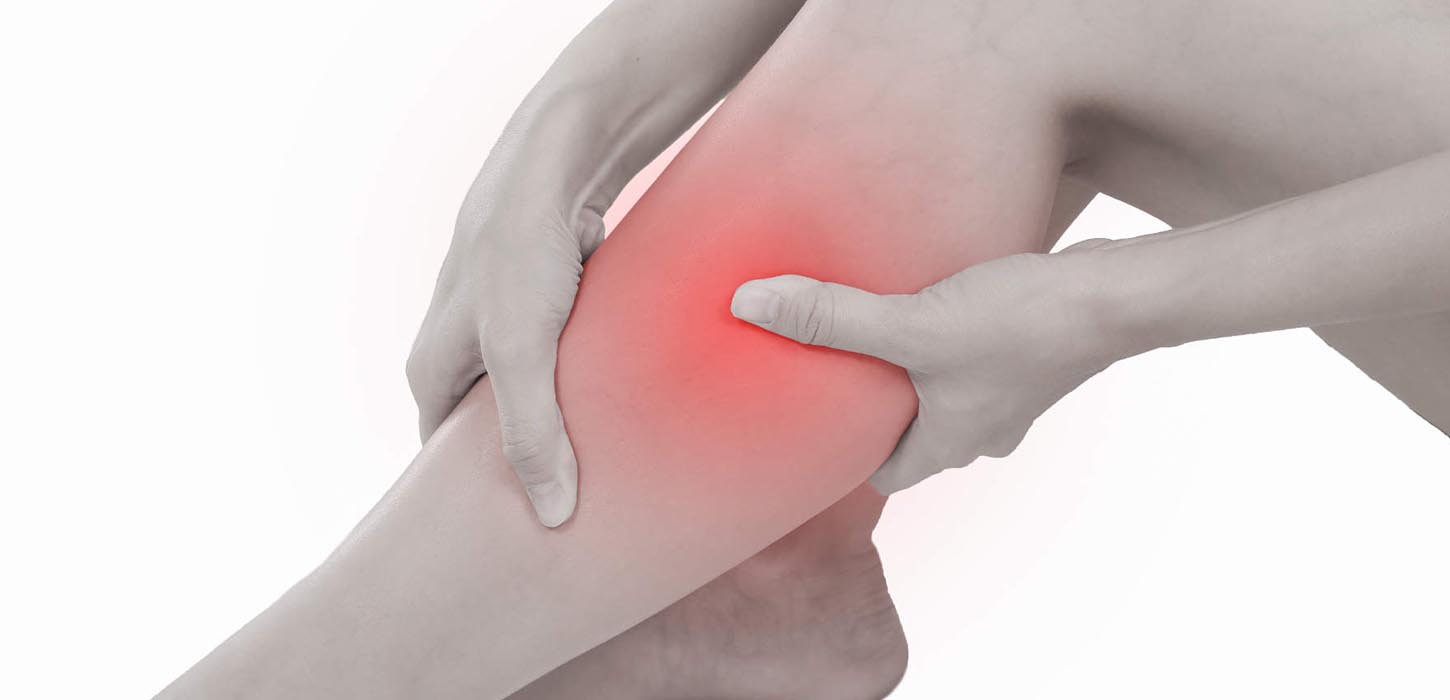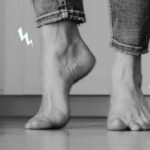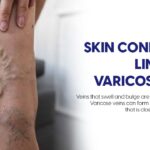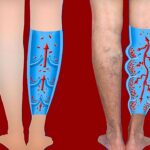Peripheral arterial disease is when the arteries start narrowing due to fatty deposits. PAD results in reduced blood flow. Arteries get less blood than usual. PAD mostly occurs in people over 65 with other comorbid diseases, i.e., diabetes, high cholesterol, or obesity. It is also common among people who smoke. Life expectancy with PAD becomes a concern when this disease prevails in your body.
Symptoms:
A PAD diagnosis can be received when doctors perform a physical examination. Many of the symptoms that PAD shows relate to those of aging and lack of exercise of the symptoms that PAD shows relate to those of aging and lack of exercise. This makes it difficult to identify. However, the symptoms may be listed as follows:
- Cramping in the legs and muscle pain while walking or climbing stairs
- Dead tissues, also known as gangrene
- Lower temperatures in the lower leg or foot, especially while resting
- Leg hair growth is slower.
- Nail growth is poor.
- Wounds heal very slowly.
Life Expectancy with PAD
Even though you can live a full life with PAD, it is the first sign of a serious issue like a stroke or a heart attack. It is difficult to determine the life expectancy of people with PAD. However, studies have found that 1 in every five patients with PAD suffers a heart attack, stroke, or even death within the first five years of developing this disease if it is not treated. The different phases of PAD are:
- Pain starts in the lower extremities of the body. It gets even more intense due to cramping.
- A person becomes a sufferer of critical limb ischemia, non-healing wounds, gangrene, and ulcers.
- The last stage, end-stage PAD, begins when multiple treatments fail and the limbs require amputation.
Tips for living healthy with PAD
A person can have PAD and still live a healthy life; let’s see how. A person should become habitual with light exercises. They should stretch before they walk and even after that. However, if your body starts to ache or you feel pain, listen to your body. Yoga and swimming are great examples of light exercises that a patient may do.
Adopt a healthy diet and quit smoking: Include fruits, vegetables, grains, and high-nutrient foods in your diet. Quit smoking completely. Keep yourself warm. It decreases the chances of cracked skin due to dryness.
Take care of your feet and legs: Regularly check for any ulcers, sores, cracks, or other symptoms that may appear unusual. Wearing comfortable shoes helps a lot. Wash and dry your feet with warm water almost daily to prevent the skin from cracking, and apply lotion.
Don’t stay in the same position for longer periods: Elevate your legs and keep them moving. Keeping your legs and feet in the same position for extended periods can reduce blood flow.




